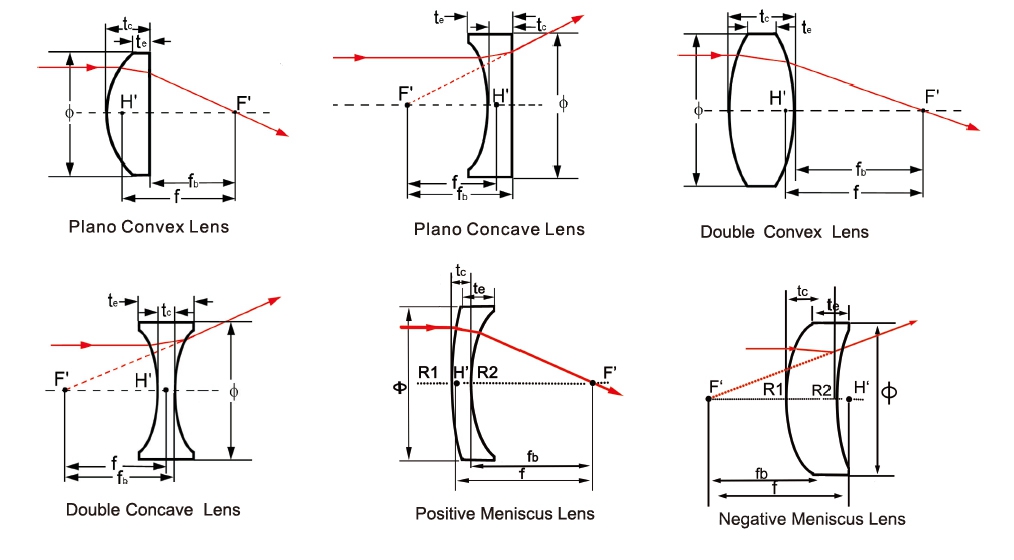Aluminum production process and quality control
[China Aluminum Network] Aluminum alloy production includes three processes of casting, kneading and oxidation.
1. Casting is the first step in the production of aluminum. The primary process is: (1) Ingredients: According to the detailed alloy trademark that needs to be produced, calculate the amount of various alloy components added, and reasonably match various raw materials. (2) Smelting: The prepared raw materials are melted in the smelting furnace according to the technical requirements, and the slag and gas in the melt are effectively removed by the degassing and slag removal. (3) Forging: The smelted aluminum liquid is passed through a deep well forging system under certain forging technology conditions, and the cooling and forging results in round cast rods of various specifications.
2, kneading: kneading is a molding method. First, the mold was designed and manufactured according to the section of the product section, and the heated round cast rod was extruded from the mold using a kneading machine. Commonly used trademark 6063 alloys are also kneaded with an air-cooled quenching process and subsequent artificial aging process to complete heat treatment strengthening. Different brands of heat treatable alloys have different heat treatment criteria. After strengthening, hardness test can be performed with W-20 Vickers hardness tester.
3, oxidation: kneading good aluminum alloy profiles, the surface corrosion resistance is not strong, subject to anodizing surface treatment to add aluminum corrosion resistance, wear resistance and the beautiful surface. The primary processes are: (1) Surface pre-treatment: Chemical or physical methods are used to clean the surface of the profile, exposing a pure matrix to facilitate obtaining a fine and fine artificial oxide film. It is also possible to obtain a mirrored or matt (matte) surface by mechanical means. (2) Anodizing: After surface pre-treated profiles, under the certain technical conditions, the surface of the substrate is anodized to form a layer of fine, porous and strong AL203 film. (3) Sealing: The pores of the porous oxide film formed after the anodization are closed, so that the oxide film can be prevented from contamination, corrosion and abrasion resistance. Oxide film is clear and colorless, and the strong adsorption of the oxide film before sealing is used. Adsorption of some metal salts in the film pores can make the appearance of the profile surface besides silvery white, such as: black, bronze, Gold and stainless steel and so on.
Double-Convex Lens, also named Bi-Convex Lens,composing of two convex surfaces, has a positive focal length. DCX Lens is most suitable where the object and image are on opposite sides of the lens and the ratio of the image and object (conjugate ratio) distances is between 0.2 to 5. It is used in beam expanders,projection optics systems, optical viewers applications etc.
We also supply kinds of plano-convex spherical lenses,plano-concave spherical lenses,bi-convex spherical lenses,bi-concave spherical lenses,meniscus spherical lenses,special spherical lenses,achromatic spherical lenses,ball lenses,sphere lenses etc..

Specification of our Spherical Lens as follow:
*Material: BK7,fused silica,MgF2,BaF2,CaF2,ZnSe,ZnS,Ge or other optical crystals
*Dimension Tolerance +0.0 -- -0.1mm
*Center Thickness +/-0.1mm
*Focal Length Tolerance+/-1%
*Surface Quality:60/40
*Surface Figure: lambda/2 at 633nm on plano side
*Clear Aperture >90%
*Chamfer 0.25mm at 45 degree typical
*Coating : AR coating options available :MgF2, VIS 0°, VIS-NIR, NIR I, and NIR II
Custom Wide Variety of Diameters and Focal Lengths.
Double-Convex Spherical Lens,Double-Convex Lenses,Double-Convex Ar Coated Spheric Lenses,Double-Convex Spheric Lens
China Star Optics Technology Co.,Ltd. , https://www.opticsrealpoo.com